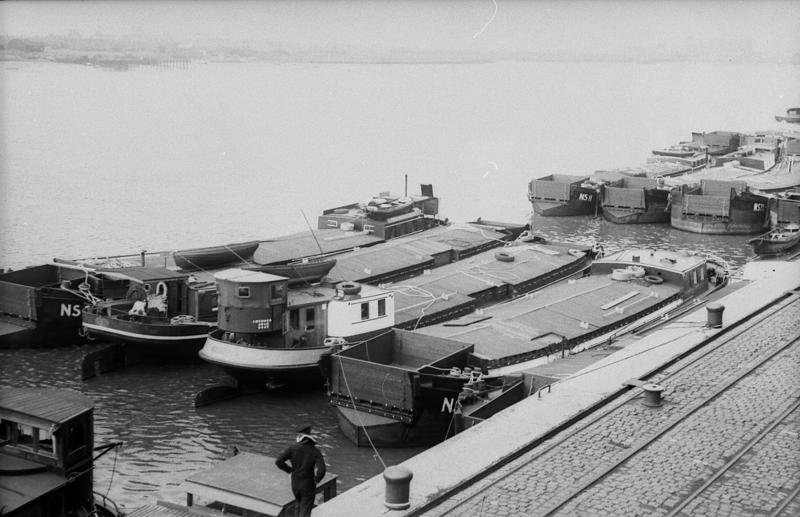
A sea lion that didn't take place
Invasion of Great Britain in 1940, fiction or real operation with a chance of success?

Invasion of Great Britain in 1940, fiction or real operation with a chance of success?


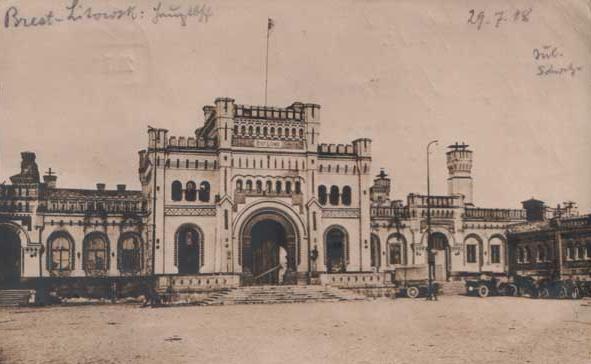
In 1939, Brest was the capital of the Polesie Voivodeship. It was an important transport hub and military centre of the central section of the eastern part of Poland. In March 1921, under the Polish-Soviet Treaty, it became part of Poland with its fortress buildings.
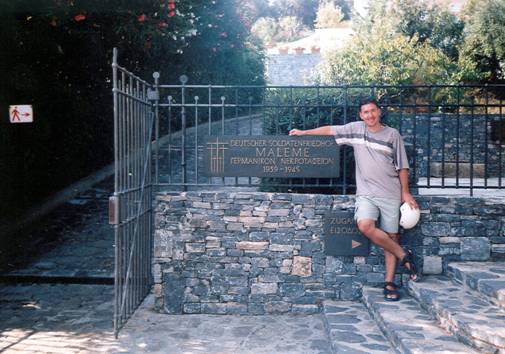
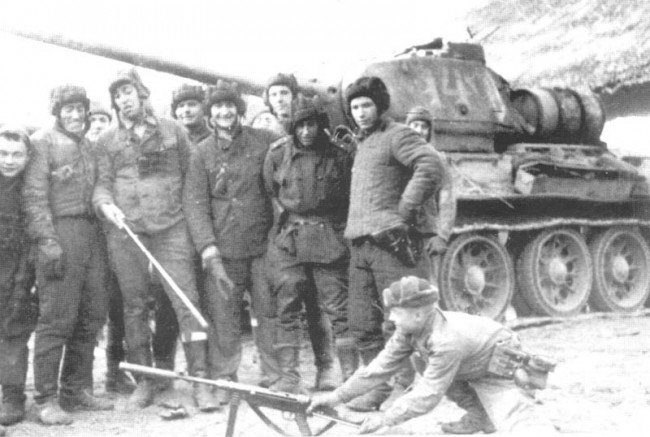
During the Second World War, there were situations when their own units in enemy uniforms and with their armament were sent into battle. Sometimes it brought surprisingly good results, but sometimes the "Trojan horse" tactic missed the point and was not successful. Always, but this way of fighting was a big risk for its participants - in case of captivity they could not count on any regrets…
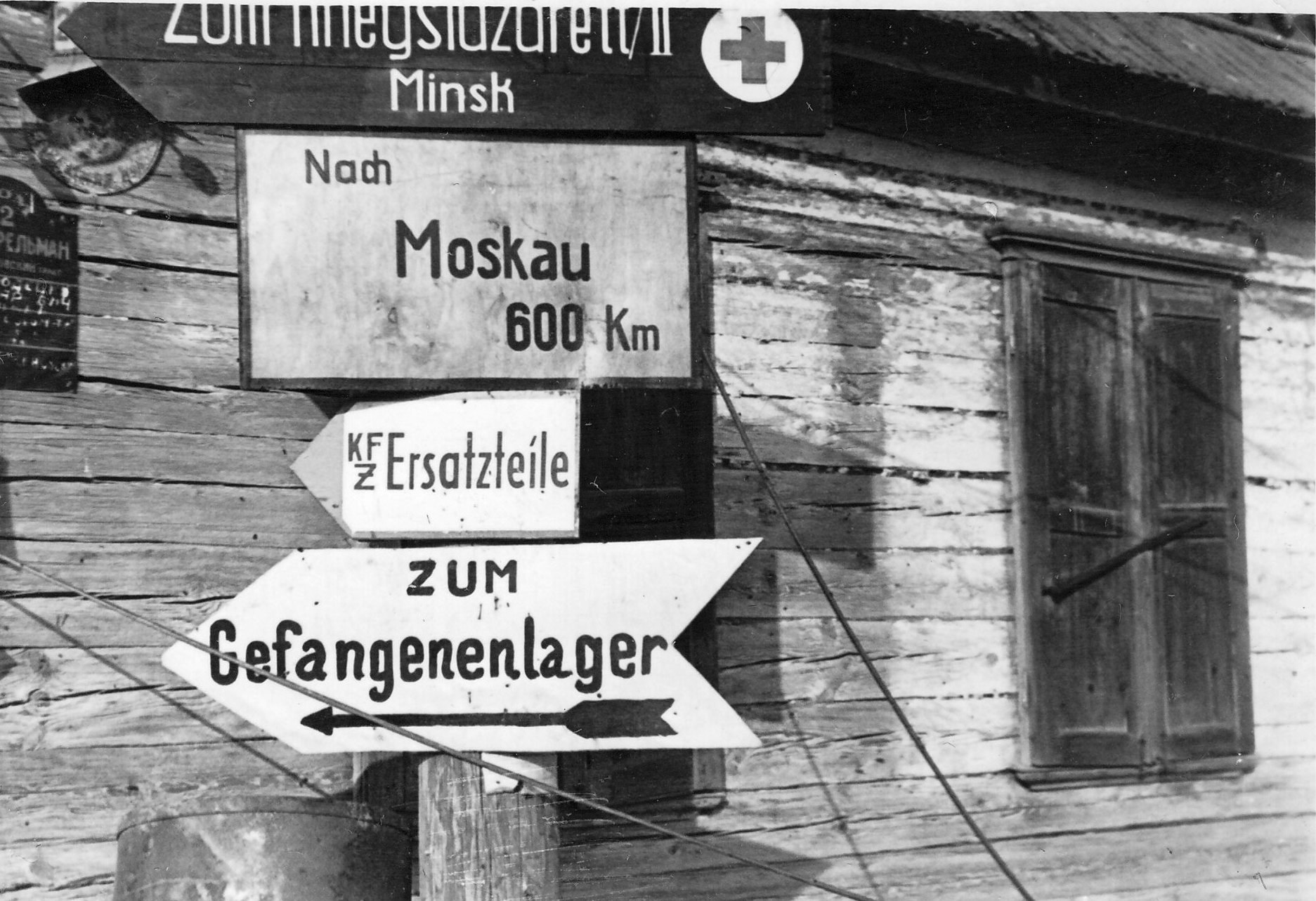
It is June 22, 1941. After the occupation of almost the whole of Europe, the troops of Hitler's Germany now stand on the border with Russia - on the border that was created after these two states divided the conquered Poland ...

After World War I, the Allies removed much of their armaments from their arsenal, disbanded a number of troops and radically reduced armaments spending. The last war was over, and many officials and military officials did not see much sense in spending significant resources on developing new weapons or tactics.




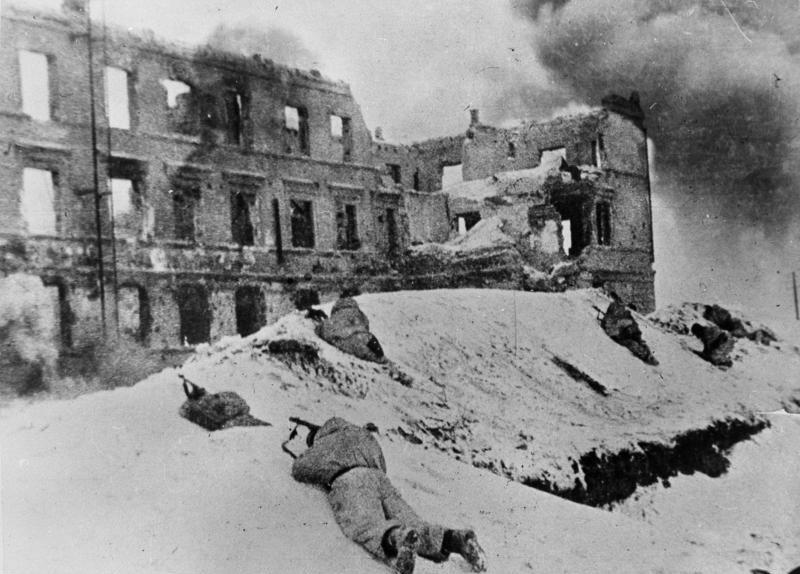
The article is devoted to the description of the final battles of Stalingrad, as reported by the Nazi press of the time - specifically the daily Elbetalzeitung.
We believe that there are people with different interests and experiences who could contribute their knowledge and ideas. If you love military history and have experience in historical research, writing articles, editing text, moderating, creating images, graphics or videos, or simply have a desire to contribute to our unique system, you can join us and help us create content that will be interesting and beneficial to other readers.
Find out more